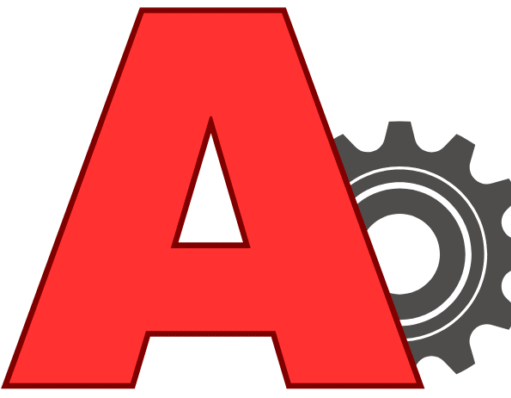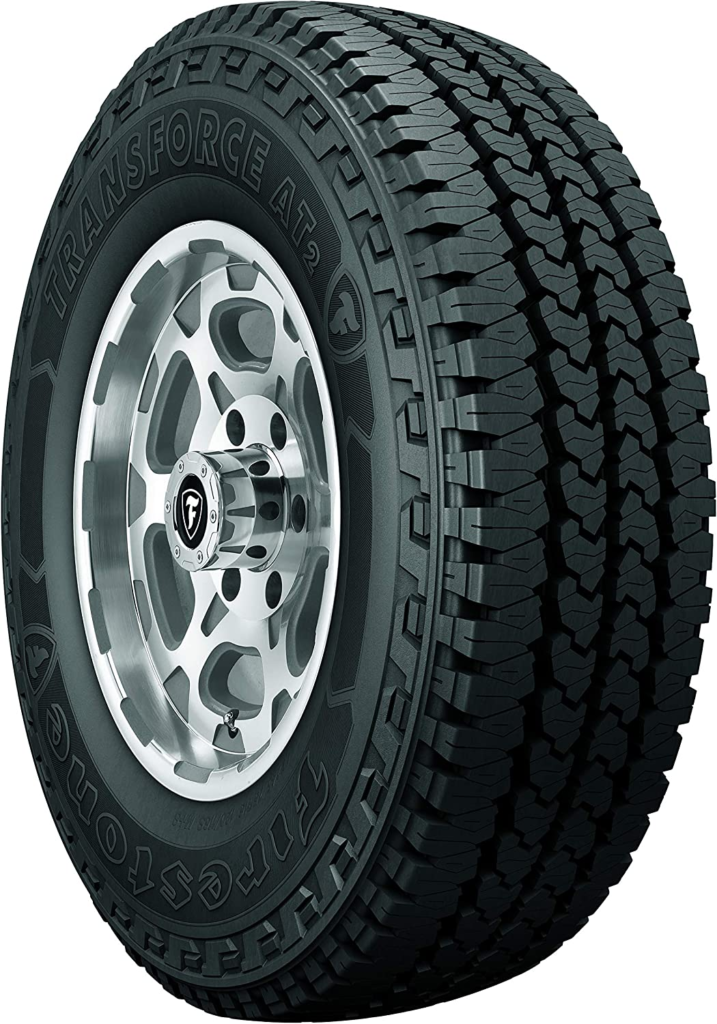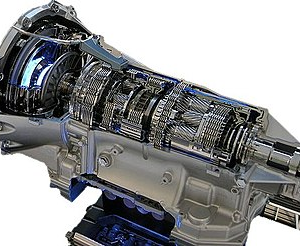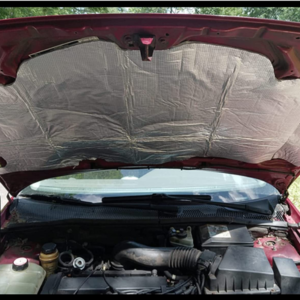
You want your tires to endure as much as possible because they are a costly purchase. Tires that are just worn out on one side require replacement, which is immensely aggravating. You must rotate your tires on a regular basis to prevent that. It’s usually time to move these tires to other locations on the car if one side appears to be more worn than the other. Tire rotation recommendations range from every 3,000 miles to every 8,000 miles, but they are only recommendations. Even if the manufacturer of your tire says you can wait longer, it’s still advisable to check your tires frequently for uneven wear. Additionally, softer tires, such as summer tires designed for performance, typically need to be rotated more frequently than their tougher equivalents.
The tires at each corner are all performing somewhat different tasks, which causes them to wear unevenly regardless of the type of vehicle you drive. Particularly in front-wheel-drive vehicles, the front tires exert substantially more force than the rear tires. All of the weight associated with turning, speeding, and stopping falls on the front tires. The majority of the weight is likewise carried by the front of front-engine, front-wheel vehicles, increasing the load on those tires. Even if you drive an all-wheel-drive or rear-wheel-drive vehicle, you’re still responsible. Any car will wear its tires differently simply due to the unique suspension or alignment of that specific vehicle.
As the first and most important step, ensure that you can rotate
As your initial step, determine whether you can rotate your car’s tires at all. The simplest approach to rotating tires is to move the wheels around on the vehicle. However, not all vehicles can accommodate this. Automobiles occasionally employ directional tires, which have a single-direction tread structure.
An indication on the sidewall that goes in the direction that the tire rotates or, more commonly, a V-shaped tread pattern serve as indicators of this orientation. These wheels and tires are rather simple to switch from the front to the back on your own. These tires cannot be switched from side to side without first being removed from the wheel because doing so would cause the tread pattern to be reversed.
Wheel size, and more specifically the offset dimension, is another problem. The offset describes the separation between the mounting hub and the wheel’s centerline. This controls whether a wheel interacts with the suspension geometry at all or if it clears crucial braking and suspension parts. Some may have wheels with slightly varied offsets yet the same size tires on all four corners.
If the tires aren’t directional, you might be able to swap the wheels from side to side in this situation, but if you want to transfer the tires from front to back, you’ll need to detach and remount the tires. For that one, consult your owner’s handbook because it won’t be clear from a quick glance.
Staggered tire sizes are common in performance vehicles, typically resulting in larger rear tires than front tires (though not always, as demonstrated by the wider front tires on the Audi RS3). You are unable to slam your broad rear tires onto the front in this situation. One side of an axle may be rotated at a time, so someone will need to remove and reinstall the tire in order for it to fit on the other side’s wheel.
Here’s how to Rotate Your Tires
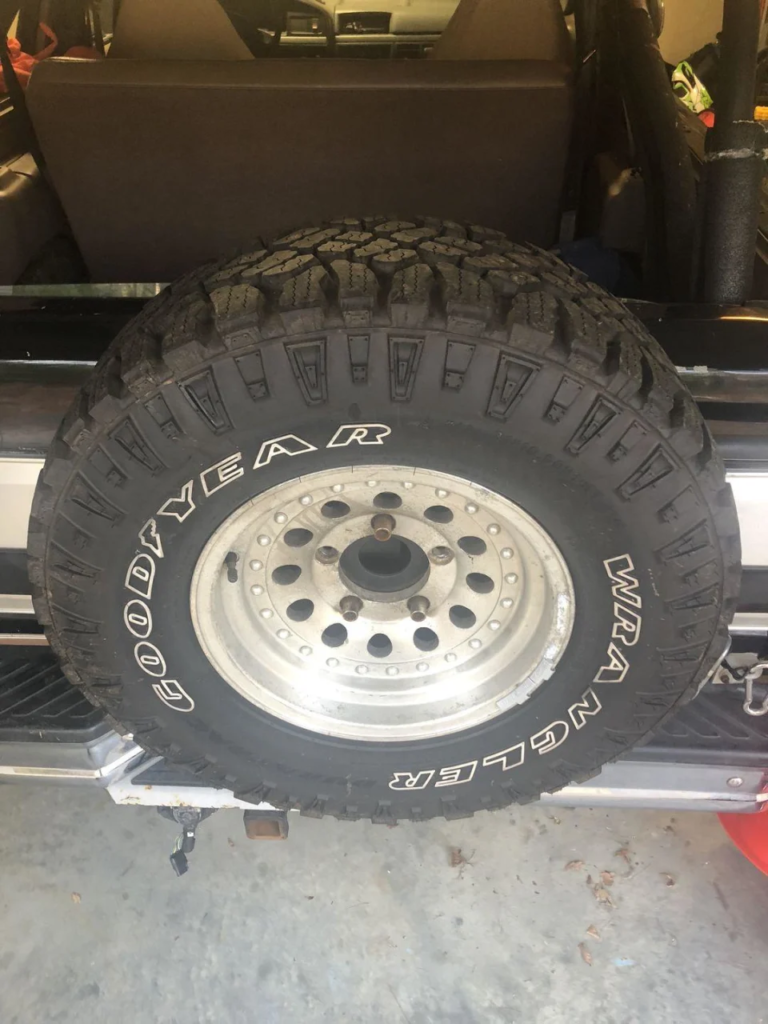
Plan where you will rotate each tire first. You can swap wheels diagonally front to back or transfer the front wheels to the back diagonal corner while moving the rear wheels forward on the same side if all of your tires are non-directional and all of your wheels are the same size. A full-size spare tire put on a compatible wheel can even be used in place of one of the car’s other wheels.

You can buy some time before having to switch sides by transferring the rear wheels to the front and vice versa on the same side of the automobile if you have non-staggered directional tires and are unable to get to a machine or tire shop that can demount tires. With nondirectional staggered sizes, you may achieve the same thing by simply switching sides at the front and back.

Next, remove the lug nuts. Always do this with the car on the ground, since the extra resistance the ground offers on the wheel will help you loosen the lugnuts. Ensure that your car is in drive, the parking brake is engaged, and the tires that will be on the ground are chocked. The car shouldn’t be moving. Once the car is off the ground, loosen each nut until it is very simple to spin it off, but for now, keep the nuts attached to the bolts.
You will need a crossbar wrench
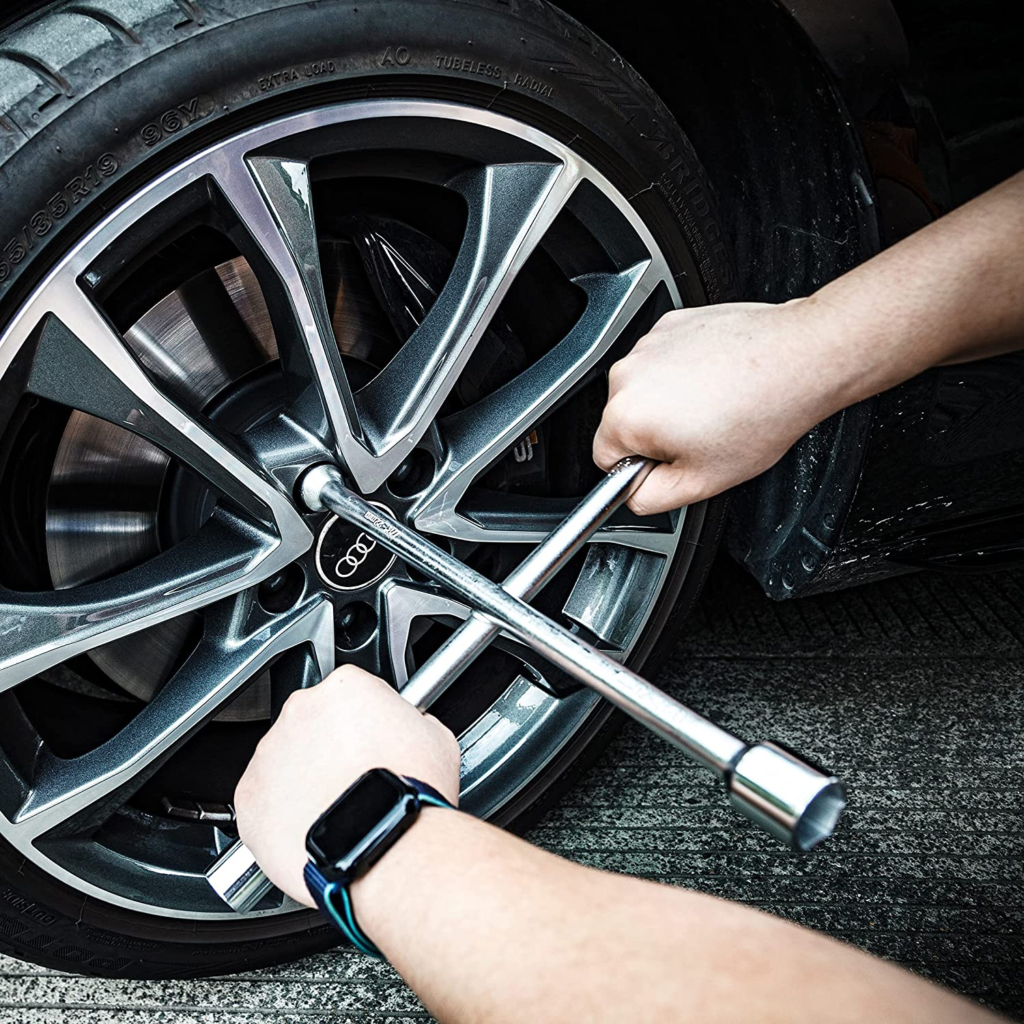
CARTMAN 14 Inch Universal Heavy Duty Lug Wrench, 4-Way Tire Iron Wrench
Pick a jack point and jack up the automobile, normally just behind the front wheel opening in the front and just in front of the rear wheel opening. Your owner’s manual should be able to direct you to the appropriate location if you are unsure of its location. On a car, there are frequently several jack points as well. If there are spaces for both the jack and the jack stand, you can slide a jack stand underneath that jack point. If so, you might need to jack the vehicle up from another stable location, such as underneath a differential or a subframe inboard of the suspension.
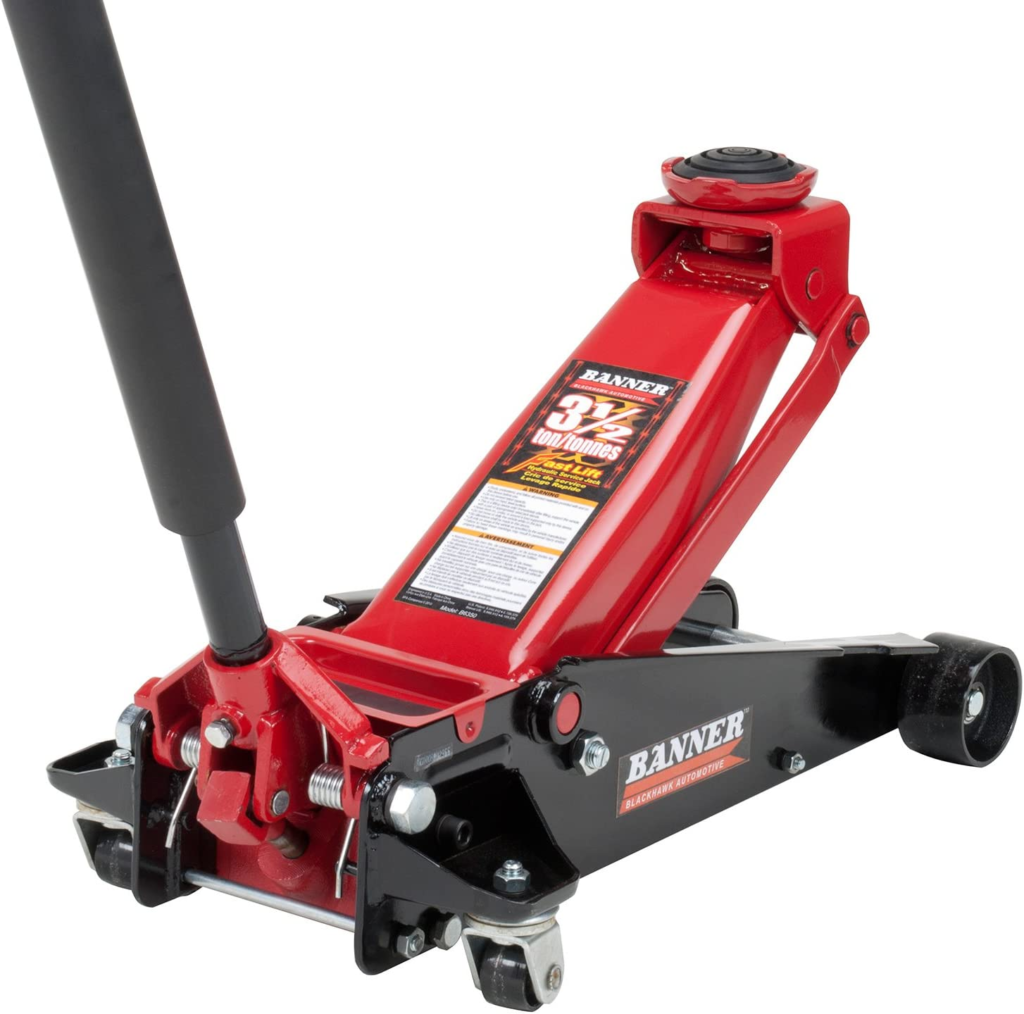
Blackhawk B6350 Black/Red Fast Lift Service Jack – 3.5 Ton Capacity
- Built-in internal safety valve and vent plug ensures safe operation
- Swivel saddle provides easy jack positioning and user safety
- 3.5-ton/7,000 lb. lift capacity
- Rugged universal joint for precise load control
- Make sure the bottom of the jack stand is in even, firm contact with the ground before carefully lowering the automobile onto it.
- Remove the wheel at the first bend and reposition it to the proper location once the car is firmly supported by stands. Repeat the procedure at the subsequent corner.
- Hand-tighten the lug nuts and then lower the automobile once the tires have been rotated to their final positions. After that, use a torque wrench to tighten the lug nuts to the level recommended by your owner’s manual.
